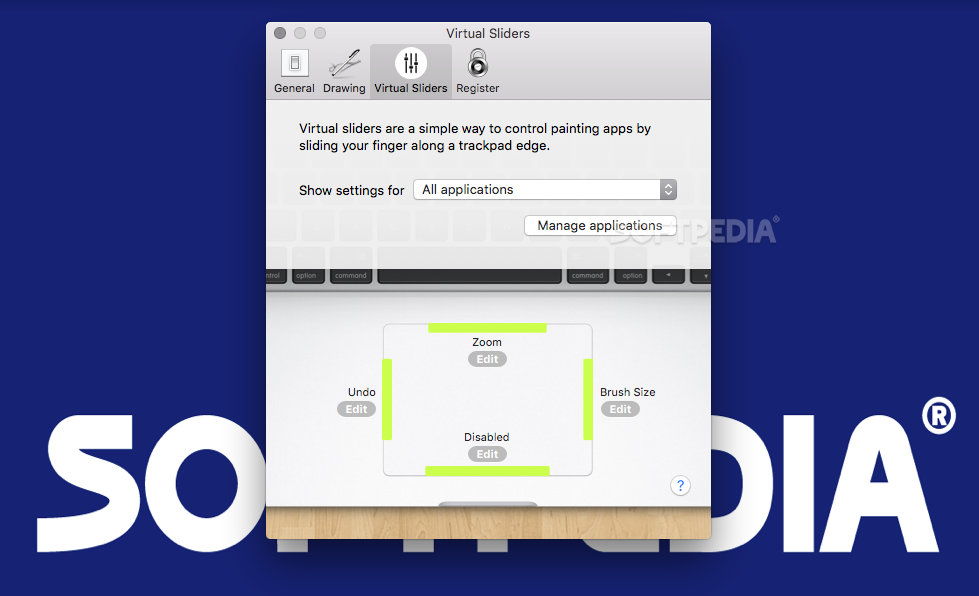
Howard had tested making dots on paper by using ultrasonic sound in the late 1960s but did not advance the idea until some 20 years later in 1984 with Howtek when he hired 6 key employees from Exxon to develop his hot-melt color inkjet printer idea.Įxxon Office Systems(EOS), Brookfield, Ct plunged into the non-impact printer business in the late 1970s and invested as much as $2 billion. Howard calculated his solenoid matrix printer was 10-20 times faster than Teletype. Howtek was started as R.H Research in 1982 by Robert Howard after successfully growing Centronics, the first dot-matrix solenoid-driven wire ribbon impact printer company in 1968. The use of Hot-melt inks with a newer Drop-On-Demand inkjet technology(invented by Zoltan in 1972) with these inks would not be seen again until 1984 at Howtek and Exxon. Gottwald, Liquid Metal Recorder, 1971, US 3,596,285, that outputs a fabricated metal symbol (Stock exchange symbols and quotes) able to be removed from the conveyor carrier and the Bismuth metal alloy reused if desired. Teletype experimented with "hot-melt" wax inks as described in a Teletype patent by Johannes F. Winston patent, Method and Apparatus for Transferring Inks, 1962, US3,060,429.

Inkjet technology was pioneered by Teletype Corporation in the 1960s which introduced the "electronic pull", high voltage drop extraction from a nozzle, Inktronic Teleprinter in 1965 printing at 120 characters per second (cps) from a row of 40 inkjets using the Charles R.


Single nozzle inkjets will be discussed first in this introduction. The basic form of the inkjet was a single nozzle with either fluid forced through under pressure, pulled from it by electrical potential or pushed out with the help of a piezo. Many patents have been issued and the technology has been used in a number of products. Many companies have worked with inkjet over the years.


 0 kommentar(er)
0 kommentar(er)
